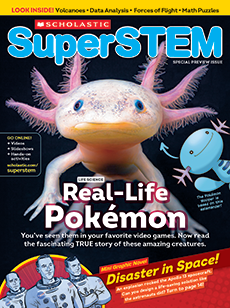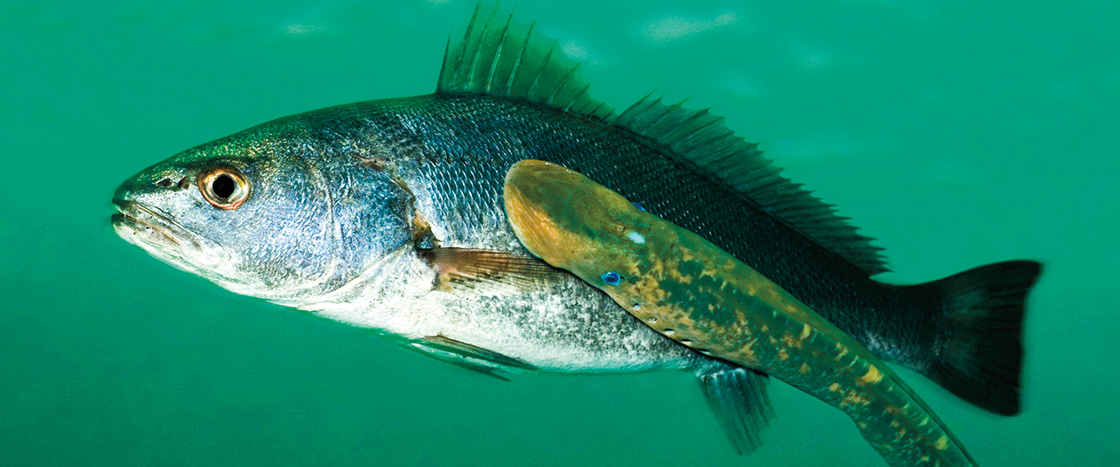You’ve probably seen vampires in movies or video games. But bloodthirsty creatures exist in real life too! About 30,000 species of animals feast on blood, including insects, birds, mammals, and fish.
Blood isn’t hard to find—it pumps through the bodies of all kinds of animals. “But there are many adaptations animals need to feed on blood,” says Sebastian Kvist, a biologist at the Royal Ontario Museum. For instance, bloodsucking creatures have special body parts to pierce the skin of other animals and draw blood. Many also have chemicals in their saliva called blood thinners that keep blood from clotting as they feed.
Here are five animals that feed on blood—and how they get their liquid meals!
You’ve probably seen vampires in movies. But bloodthirsty creatures exist in real life too! About 30,000 animal species drink blood. They include insects, birds, mammals, and fish.
Blood isn’t hard to find. It pumps through all kinds of animals’ bodies. “But there are many adaptations animals need to feed on blood,” says Sebastian Kvist. He’s a biologist at the Royal Ontario Museum. Bloodsucking creatures have special body parts. They use them to pierce other animals’ skin. Many creatures that drink blood also have chemicals in their spit. They’re called blood thinners. The chemicals keep blood from clotting as the animals feed.
Here are five animals that feed on blood. Learn how they get their liquid meals.

